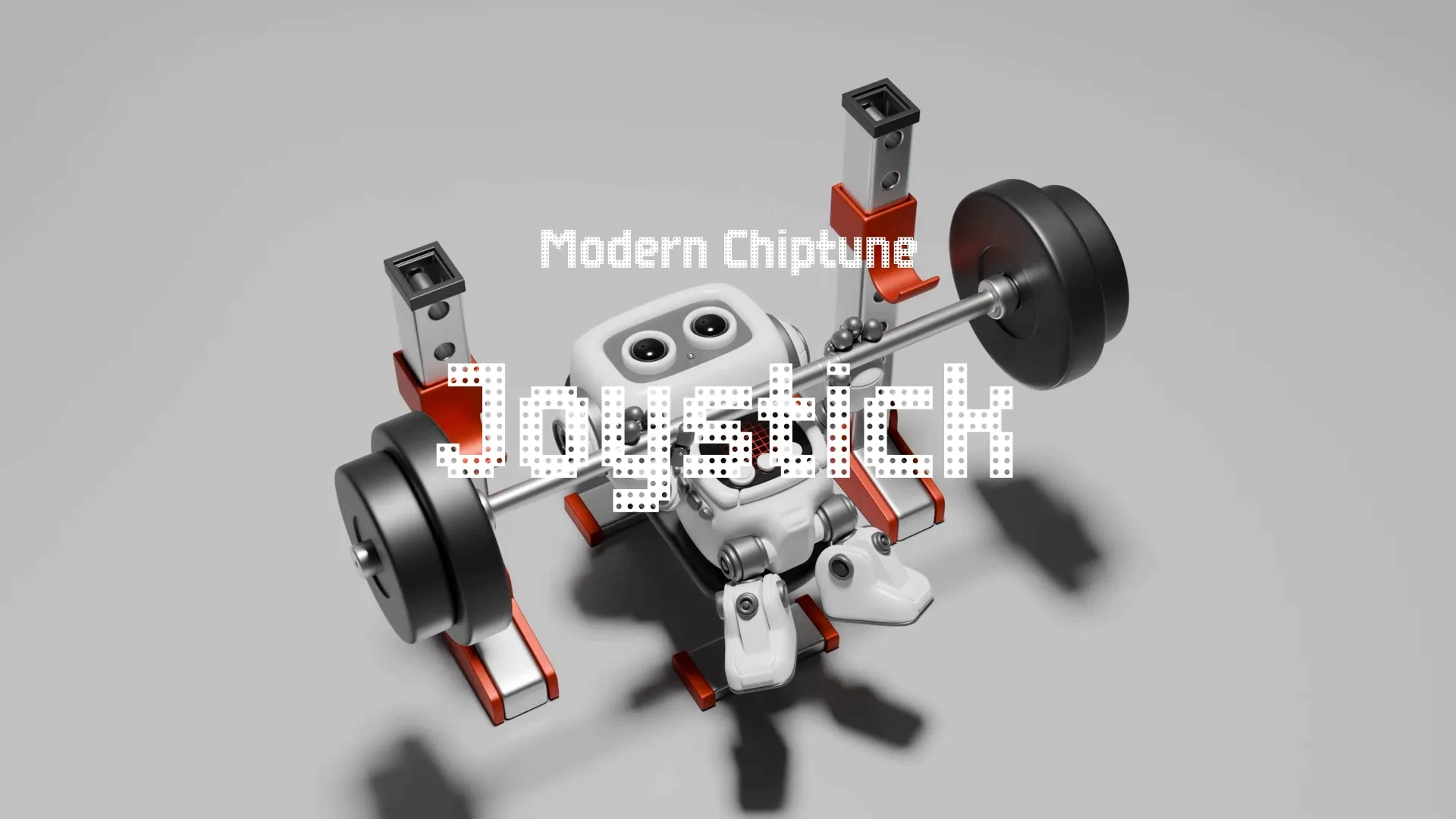AI in Game Playtesting: Automating Feedback & Optimizing Game Design
AI in Game Playtesting: Automating Feedback & Optimizing Game Design
Integrating AI into game playtesting is no longer a futuristic concept; it is a practical approach to refining game design and improving player experience. For indie developers with limited resources, AI offers a scalable solution to gather extensive feedback and identify design flaws efficiently.
Traditional playtesting is resource-intensive, requiring significant time and human testers. AI automates many aspects of this process, providing data-driven insights that are difficult to obtain manually. This automation accelerates the feedback loop, allowing for quicker iterations and more robust game development.
The Core of AI-Powered Playtesting
AI in playtesting primarily involves using algorithms to simulate player behavior and analyze gameplay data. This can range from simple bot-driven tests to complex machine learning models that predict player engagement and frustration points. The goal is to uncover issues before they reach human testers or, worse, the player base.
AI agents can explore game environments, interact with mechanics, and even attempt to ‘break’ the game in ways human testers might overlook. This provides a comprehensive overview of potential bugs, balance issues, and design inconsistencies. The data collected by AI is quantitative, offering clear metrics for improvement.
Practical Applications for Indie Developers
Indie developers can leverage AI without needing a massive budget or specialized data science teams. Start with existing tools or open-source libraries that offer basic AI functionalities for pathfinding, behavior trees, or statistical analysis. Even simple AI scripts can provide valuable insights into level design and combat balance.
Consider using AI to stress-test your game’s systems. Bots can repeatedly execute actions to uncover edge cases and performance bottlenecks. This is especially useful for identifying memory leaks or frame rate drops under heavy load, issues often missed in casual human playtesting.
AI can also simulate various player skill levels, from novice to expert. This helps in balancing difficulty curves and ensuring the game is engaging for a wide audience. Observing how AI agents navigate challenges can highlight areas where tutorials are unclear or mechanics are unintuitive.
Automating Feedback Collection
One of AI’s most significant benefits is its ability to automate feedback collection. Instead of relying solely on subjective human reports, AI provides objective data points on player actions, interactions, and outcomes. This data can include heatmaps of player movement, frequency of ability usage, or success rates for specific challenges.
Tools can track AI agent behavior to generate reports on level completion times, common failure points, and optimal strategies. This quantitative feedback supplements qualitative human feedback, offering a more complete picture of the game’s state. It allows developers to pinpoint exactly where design adjustments are needed, moving beyond general complaints to specific, actionable insights.
Optimizing Game Design with AI Insights
AI-generated data directly informs design decisions. If AI agents consistently struggle with a particular puzzle, it might indicate a design flaw, not just a difficult challenge. Conversely, if AI agents exploit a loophole, it highlights an imbalance that needs addressing.
Use AI insights to iterate on level layouts, tweak enemy AI, or refine weapon balancing. The objective data helps validate or invalidate design hypotheses, reducing guesswork. For instance, if an AI agent consistently avoids a certain area, it suggests that area lacks engaging content or presents an unfair challenge.
When optimizing game design, maintaining clear project goals is crucial. Tools like Wayline’s Momentum can help organize tasks and track progress, ensuring that AI-driven insights translate into tangible improvements. Consistent effort and clear task management are vital for integrating complex feedback effectively.
Common Pitfalls and How to Avoid Them
Over-reliance on AI
AI is a powerful tool, but it is not a replacement for human playtesters. AI cannot replicate the emotional responses, subjective experiences, or creative problem-solving of a human player. Human testers provide qualitative feedback on fun, immersion, and overall enjoyment, which AI cannot measure. Use AI to identify technical issues and data patterns, then validate these findings with human input.
Create a free account, or log in.
Gain access to free articles, game development tools, and game assets.























